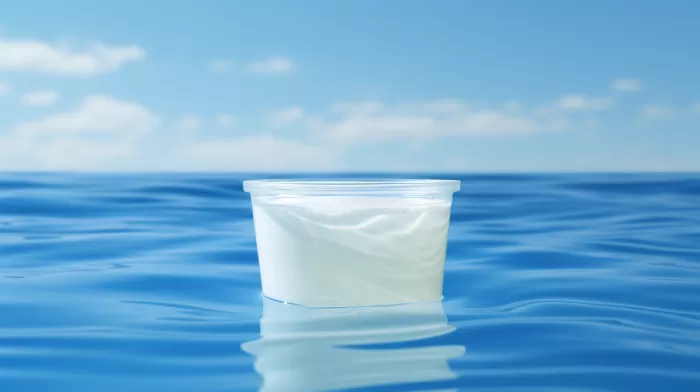Clotrimazole, a commonly found ingredient in over-the-counter skin creams used to combat fungal infections, is making its way into the oceans and potentially disrupting the food chain. Researchers at the University of Gothenburg, Sweden, have demonstrated that the presence of clotrimazole in the ocean is impacting the growth and reproduction of organisms.
How clotrimazole affects microorganisms essential to the food chain
This antifungal compound has been found to affect microorganisms, such as single-cell microalgae, a critical component of the ocean’s food chain. These microalgae have a significant role in the marine ecosystem, as they serve as the primary food source for numerous marine organisms. The disruption in the growth and reproduction of these microalgae could have a far-reaching impact on the entire ocean ecosystem.
Clotrimazole specifically affects the synthesis of sterols in the algae. Sterols are essential for several functions within the algal cells. The disruption of sterol production results in issues with growth and reproduction of the algae, potentially leading to ripple effects throughout the ocean food chain.
A cocktail of harmful substances found in the ocean
Clotrimazole is not the only offender when it comes to ocean contamination. There is a concerning list of substances being found in the ocean, including propranolol (a drug used to lower blood pressure), triclosan (an antibacterial agent found in soap and deodorants), fluoxetine (an antidepressant pharmaceutical), and zinc pyrithione (found in anti-dandruff shampoos).
The presence of clotrimazole and these other substances in the ocean creates a “cocktail effect” that can significantly impact the growth of the microalgal community. This combined effect strengthens the need for further research and intervention to prevent further damage to marine ecosystems.
The human connection: How are these substances entering the ocean?
The cause of these substances finding their way into the ocean ecosystem can be traced back to human activity. Many of these chemicals are present in the products we use daily, and after use, they find their way into wastewater treatment plants. Unfortunately, these facilities are not designed to thoroughly remove these pollutants from the water, leading to their eventual release into the ocean.
This issue highlights the need for improved wastewater treatment technology and increased awareness about the chemicals we introduce into our environment. Consumers can also make a difference by buying products that have fewer harmful substances or are biodegradable.
Impact on marine life and the larger food chain
The disruption of the ocean’s microalgal community has significant consequences not only for the marine organisms who directly rely on these organisms as a food source but also up the food chain to larger fish, mammals, and birds. The long-term effects of these disruptions on the overall health and survival of countless marine organisms are not yet fully understood, but it is clear that the threat this poses to marine biodiversity should not be ignored.
Not only does the decreased availability of food sources impact the health of marine life, but marine animals exposed to these harmful substances may accumulate these chemicals in their tissues over time. As a result, seafood consumers may also be affected by these contaminants. For example, mercury accumulation in fish has been a well-known issue for years, but the other contaminants present in seafood are only beginning to be thoroughly examined.
The way forward: How can we prevent further damage?
Efforts to prevent further damage to the marine ecosystem and the ocean’s food chain will require changes in various sectors. Improved technology for wastewater treatment plants could help to limit the release of chemicals into the ocean. Regulations governing the use of such chemicals in everyday products could be tightened, and companies may be required to explore more environmentally friendly alternatives.
Consumers can make informed decisions to limit their personal contribution to pollution in the ocean by choosing eco-friendly products and employing sustainable waste-management practices. By rethinking our daily habits and lifestyle choices, we can make a tangible difference in preserving the delicate balance of the marine ecosystem and the life it supports.
In conclusion, the harmful impact of clotrimazole and other pollutants on the ocean food chain serves as a wake-up call for both individuals and industries to take action in protecting marine life and our environment. Understanding the connection between human activity and ocean contamination is the first step in finding solutions and limiting further damage to the fragile marine ecosystem.



